When did Buddhism spread to Vietnam?
According to the current understanding of historical researchers, Buddhism entered Vietnam in the early years of the Christian era. Chinese official history also recorded that in the early years of the Christian era, while Buddhism did not yet exist in Southern China, in the capital city of Giao Chi, Vietnam, there was already a thriving center of Buddhism and Buddhist studies.
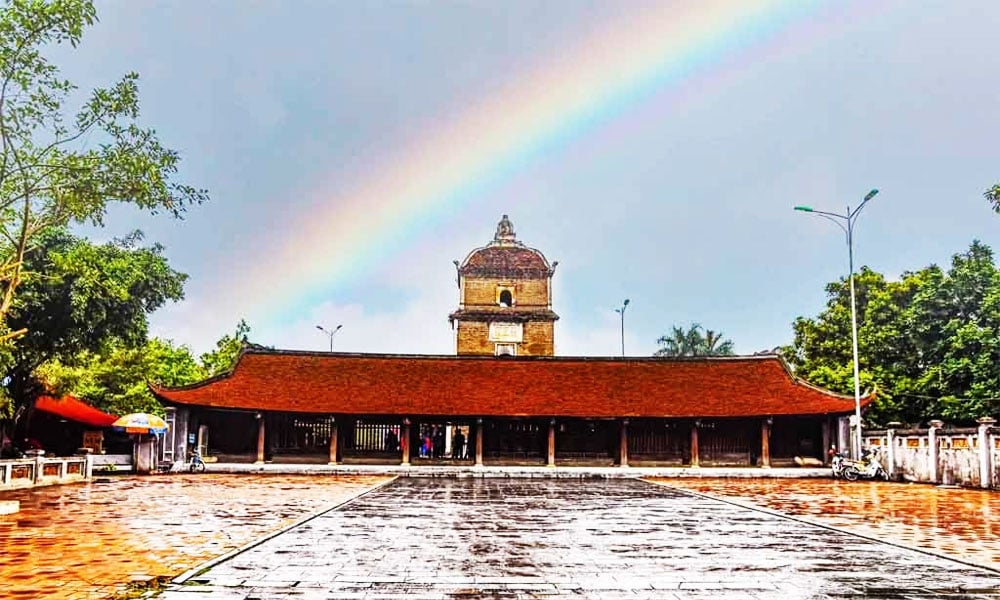 |
Dau Pagoda is considered the ancestral pagoda in Luy Lau area (Thuan Thanh, Bac Ninh ). |
Initially, Buddhism was introduced to our country mainly directly from India. Some of the Indian and Central Asian monks who came to Vietnam to spread Buddhism include: Ma Ha Ky Vuc, Khuu Da La, Khuong Tang Hoi, Chu Cuong Luong, Mat Da De Ba...
By the 5th century, Buddhism had spread to many places in the country and there appeared famous Vietnamese monks such as: Hue Thang (a student of Bodhidharma Deva) practicing at Tien Chau pagoda.
However, in the history of Vietnamese Buddhism, from the 6th century to the 10th century is still considered the period of Buddhist missionary work. However, during this period, Indian missionaries began to decrease and Chinese missionaries began to increase, leading to the introduction of Chinese Zen sects into Vietnam, specifically:
First: The Thien sect of Vinitaruci: At the end of the post-Ly Nam De period, around the year 580, an Indian monk named Vinitaruci - the third Patriarch of the Chinese Thien sect - came to Vietnam to practice at Phap Van pagoda (Bac Ninh province) and became the Patriarch of this Thien sect in Vietnam.
Second: Vo Ngon Thong Zen sect: In 820, Vo Ngon Thong Zen sect was introduced to Vietnam (Vo Ngon Thong, surnamed Trinh - was from Guangzhou, China, practiced at Song Lam pagoda, Zhejiang). In 820, he went to practice at Tran Quoc pagoda ( Hanoi ) and became the founder of this Zen sect in Vietnam.
According to assessments, in the first ten centuries of Buddhism's spread to Vietnam, despite the country being invaded and occupied, Buddhism had created influences among the people and prepared for a new stage of development when the country became independent and autonomous.
Luy Lau-Bac Ninh: The oldest Buddhist center in Vietnam
Luy Lau, located in present-day Bac Ninh province, is confirmed by many researchers and historical evidence to be the oldest Buddhist center in Vietnam. These assertions are based on many historical, archaeological and cultural factors, showing the early formation and development of Buddhism in this area.
In the early centuries AD, Luy Lau (then the capital of Giao Chi district) was an important economic, political and cultural center.
This was the intersection of sea trade routes from India, Central Asia to China and vice versa. Thanks to this prime location, Luy Lau soon came into contact with Indian monks and Buddhist missionaries who followed merchant ships.
Many historical documents record the presence of Indian and Central Asian monks in Luy Lau very early, possibly from the 2nd century AD. Typical is the presence of Zen masters such as Kshudra, Mahajivaka, and Khuong Tang Hoi.
These monks not only came to preach but also participated in translating Buddhist scriptures into Chinese, turning Luy Lau into an important center for translating Buddhist scriptures.
The system of pagodas, towers and archaeological relics related to Buddhism appear densely in Bac Ninh.
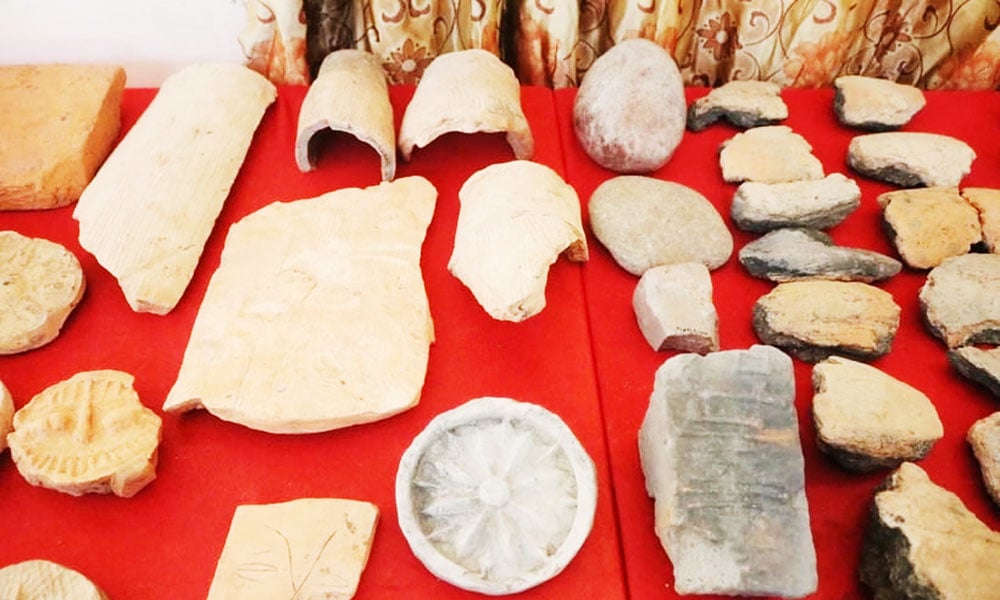 |
Bronze drum mold fragments were excavated at the Luy Lau Citadel archaeological site, Thanh Khuong ward, Thuan Thanh town, Bac Ninh province. |
Archaeological excavations in the Luy Lau area (Thuan Thanh, Bac Ninh) have discovered many early Buddhist sites and relics, including the foundations of pagoda and tower architecture, Buddha statues, and objects of worship.
Typical is the discovery of the vestiges of To Pagoda (Dau Pagoda) and other pagodas and towers in the Tu Phap pagoda system, which are believed to have originated very early, associated with the introduction of Buddhism into Vietnam.
Luy Lau is considered the place where Khuong Tang Hoi (an eminent monk of Khuong Cu origin) practiced and wrote the Luc Do Tap Kinh in the 3rd century.
He is considered to have made great contributions in combining Buddhism and Lao-Trang ideology, creating the premise for the development of Zen Buddhism in Vietnam.
The activities of monks and the formation of Buddhist centers in Luy Lau show that a Buddhist community had developed strongly from a very early age.
Many ancient documents from both Vietnam and China mention Luy Lau as an important and early Buddhist center in Giao Chau.
Works such as "Thien Uyen Tap Anh", "Linh Nam Chich Quai" or notes of Chinese monks who came to Giao Chau also partly prove this. For example, the book "Ngo Chi" by Tran Tho (China) mentioned that Si Nhiep (Governor of Giao Chau) often visited Indian monks in Luy Lau.
The belief system of worshipping the Four Dharmas (Phap Van, Phap Vu, Phap Loi, Phap Dien) in the Dau - Luy Lau region is a unique manifestation of the fusion between Indian Buddhism and indigenous folk beliefs. The formation and development of this belief, with the center being Dau Pagoda, is also a testament to the deep and early roots of Buddhism here.
However, it should also be noted that absolutely determining the "most ancient center" is always a complex problem in historical research, requiring analysis and comparison of many sources of information.
However, with the available evidence, Luy Lau in Bac Ninh has a solid position and is recognized by the majority of researchers as one of the first and most important cradles of Buddhism in Vietnam, if not the oldest.
Luy Lau, located in present-day Bac Ninh Province, is recognized by many researchers and historical evidence as one of the oldest Buddhist centers in Vietnam. These assessments are based on many factors, including geographical location, archaeological evidence, historical records, and the unique development of Buddhism here.
During the period of Chinese domination (lasting more than 1000 years, starting from the 2nd century BC), Luy Lau was not only the administrative and political center of Giao Chi (the name of Vietnam at that time) but also an important economic and commercial hub.
Luy Lau's location is favorable for sea and land trade, facilitating cultural and religious contact and exchange with other countries, especially India and Central Asia.
Many scholars believe that Buddhism was transmitted directly from India to Vietnam by sea, and Luy Lau was one of the first destinations for Indian monks and traders. This route was independent and possibly earlier than the route of Buddhism from China to Vietnam.
Historical records, although not always entirely consistent, mention the early presence of Buddhism in Luy Lau. Some ancient Chinese and Vietnamese documents such as "Ly Hoac Luan" by Mau Tu (late 2nd century AD) are believed to have been written in Giao Chi, reflecting the existence of a fairly developed Buddhist community.
The legend of the monk Kṣudr_a_ or Kālarudra, an Indian monk who came to Luy Lau around the 2nd century AD, and Man Nuong, a local girl, along with the formation of the Tu Phap belief system (Phap Van, Phap Vu, Phap Loi, Phap Dien - worshiping the gods of Cloud, Rain, Thunder, Lightning who were Buddhaized) is a vivid proof of the early roots of Buddhism and its integration with indigenous beliefs.
Dau Pagoda (also known as Phap Van Pagoda, Dien Ung Pagoda, Co Chau Pagoda, Thien Dinh Pagoda) in Luy Lau is considered the oldest pagoda in Vietnam, associated with this legend.
Archaeological excavations in the Luy Lau area have discovered many relics and relics related to Buddhism, such as the foundations of pagodas and towers, Buddha statues, and worship objects dating back very early.
Luy Lau Citadel is recognized as a National Historical and Cultural Relic, and Dau Pagoda is ranked as a Special National Relic.
Luy Lau was not only the place where Buddhism was introduced but also developed into an organized center with the presence of a sangha (community of monks).
There is evidence that activities such as translating Buddhist scriptures from Sanskrit to Chinese took place in Luy Lau. The existence of a large community of monks mentioned by Mau Tu in "Ly Hoac Luan" shows that Buddhism had a certain vitality and attracted local people to practice.
One of the outstanding features of the Luy Lau Buddhist center is the fusion of Indian Buddhism and the indigenous folk beliefs of the ancient Vietnamese, typically the worship of the Four Dharmas. This shows that Buddhism was not only imported but also localized, creating a form of Buddhism with its own Vietnamese characteristics right from the beginning.
Many historians and Buddhist scholars at home and abroad agree that Luy Lau is an important and ancient Buddhist center in Vietnam. Some even believe that the Luy Lau Buddhist center may have been established earlier than some Buddhist centers in China such as Pengcheng and Luoyang, and may have played a role in spreading Buddhism to these regions.
Merging Bac Ninh province with Bac Giang province "converging into one", expanding and connecting Buddhist cultural space
On February 1, 2023, Bac Giang province opened the topic "Sacred Buddhist traces in the West Yen Tu region - Thousand-year-old relics from the ground", thereby introducing nearly 400 artifacts and 60 archaeological images at ancient religious relic sites associated with the Truc Lam Yen Tu Zen sect.
The exhibition space introduces nearly 400 artifacts and 60 images selected from 8 archaeological excavation sites related to vestiges of pagodas, towers, relics and images of the archaeological excavation process at relic sites, vestiges of ancient religious and belief structures associated with the Truc Lam Yen Tu Zen sect.
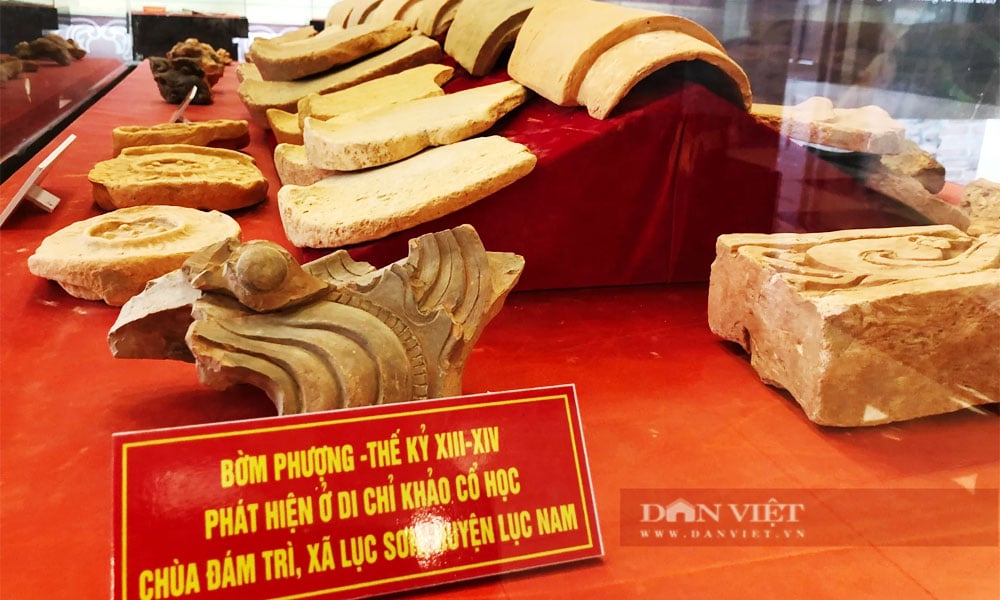 |
Bac Giang Provincial Museum selected nearly 400 artifacts that are vestiges of architectural works or materials, tools, utensils, and ceramic items from the Ly, Tran, Le, Nguyen dynasties... |
The group of artifacts is construction materials - architectural decoration; The group of artifacts is utensils, items made of porcelain, ceramics... related to the vestiges of pagodas - towers from the Ly-Tran period, 13th-14th century and Le-Nguyen period, 17th-19th century in the area of 5 districts: Yen Dung, Luc Nam, Luc Ngan, Viet Yen, Yen The...
Within the framework of the exhibition space, there are also detailed introductions to pagodas, relics and images of the archaeological excavation process at the relic sites, traces of religious and belief structures associated with the Truc Lam Yen Tu Zen sect, proving the scale and prosperity of Buddhism from the 11th to the 14th century in the West Yen Tu region.
The Buddhist Sutra woodblocks of Bo Da Pagoda (Viet Yen district, Bac Giang province) are recognized as the oldest Buddhist Sutra woodblocks carved on fig wood in the world.
More than 2,000 sutra boards at Bo Da Pagoda are all carved and engraved on fig wood. The sutra boards are currently arranged on 10 wooden shelves (each shelf holds nearly 200 sutra boards, divided into three rows), some large sutra boards are arranged outside for visitors to easily see.
Most of the wooden blocks in the Bo Da Pagoda woodblock warehouse are 45 x 22 x 2.5cm (length, width, thickness) or 60 x 25 x 2.5cm. But there are also very large wooden blocks of 150 x 30 x 2.5cm or 110 x 40 x 2.5cm.
The wooden panels are engraved in both Chinese, Nom and Sanskrit characters with many types of texts such as: Sutras, petitions, tablets, six-leaf panels, charms...
 |
Thematic exhibition "Sacred Buddhist traces of Tay Yen Tu region - Thousand-year-old relics from the ground" at Tay Yen Tu spiritual and ecological tourist area. |
On those woodblocks, the ancients left their mark through the content, lines, motifs, and skillful and sophisticated shapes, reflecting the profound thoughts and philosophies of Buddhism in general and the Lam Te Zen sect in particular, prominent among which are the carvings of Buddha Tathagata, Buddha Shakyamuni sitting on a lotus pedestal, Bodhisattva Avalokiteshvara, and Arhats...
These motifs bring high aesthetic value, the harmonious beauty between words and pictures, it contributes to increasing the meaning of Buddhism and has a direct impact on the transmission and reception of Buddhism.
The merger of Bac Ninh and Bac Giang provinces (expected to take the new province name Bac Ninh) will reunite a Buddhist cultural space that has many deep historical connections.
Connecting the ancient Buddhist heritage originating from Luy Lau, Dau (Bac Ninh) with important centers of Truc Lam Zen such as Tay Yen Tu, Vinh Nghiem (Bac Giang).
Create a larger, seamless Buddhist heritage area that reflects the diverse and continuous development of Vietnamese Buddhism in the ancient Kinh Bac land.
Facilitating the planning, conservation and overall promotion of heritage values, while promoting cultural and spiritual tourism routes connecting famous Buddhist sites of both regions.
Source: https://baobacgiang.vn/sau-sap-nhap-bac-ninh-moi-la-tinh-co-trung-tam-phat-giao-co-xua-nhat-viet-nam-postid418003.bbg


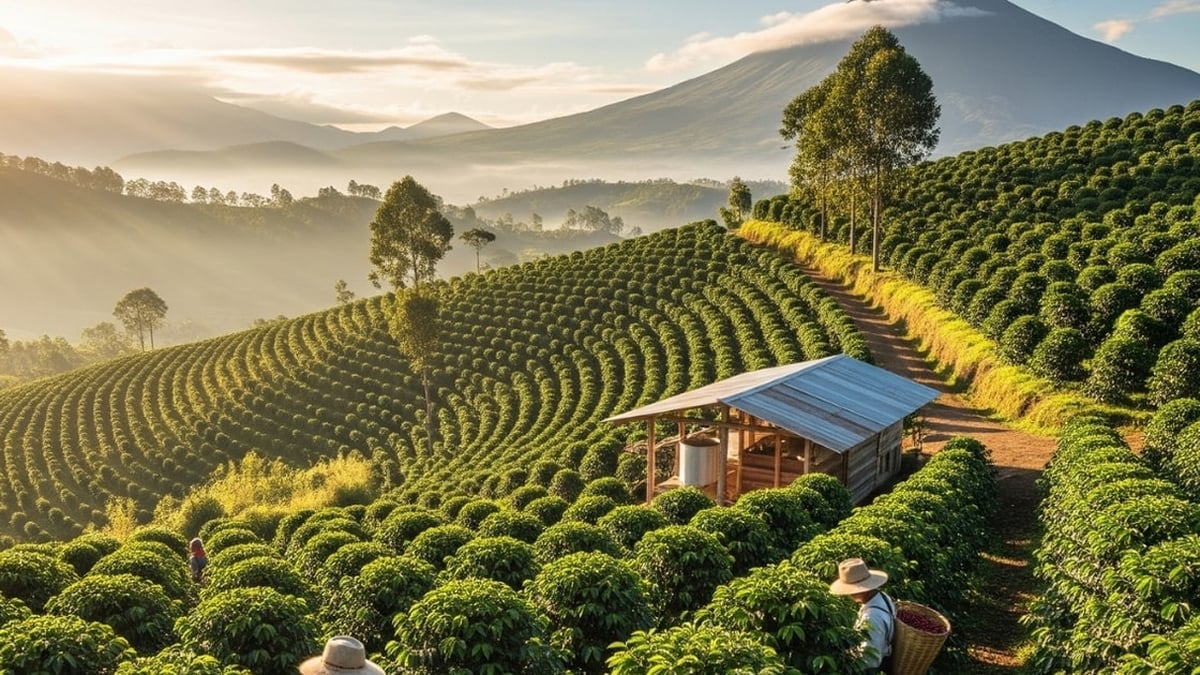
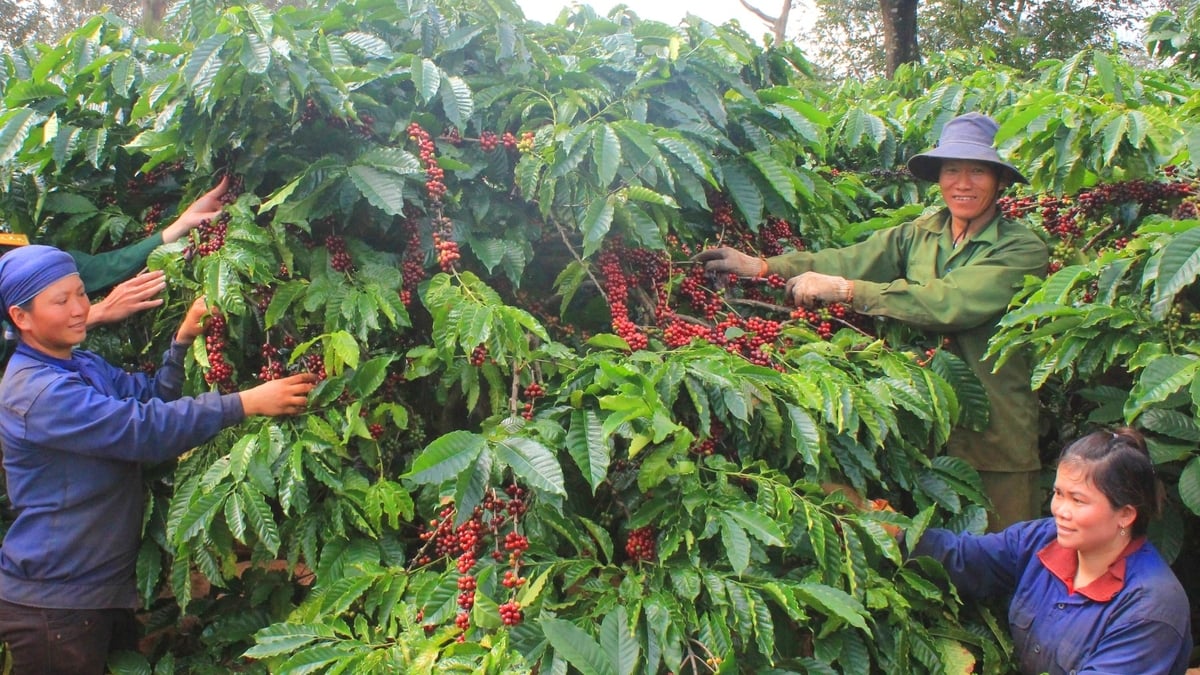
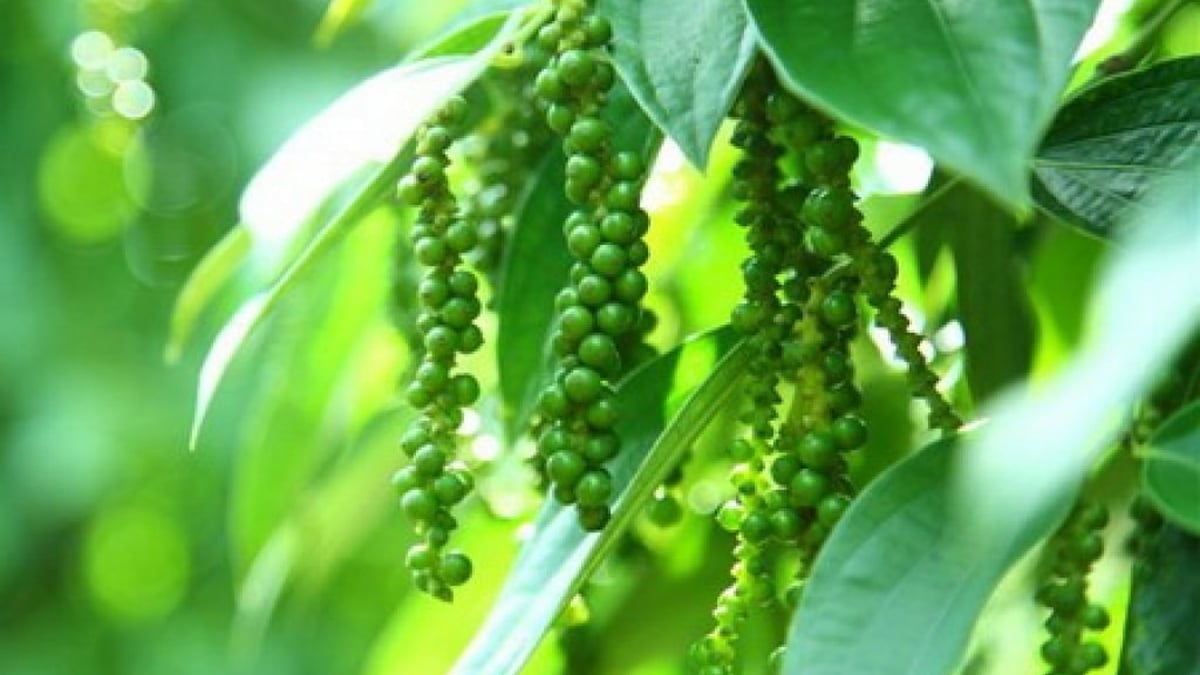
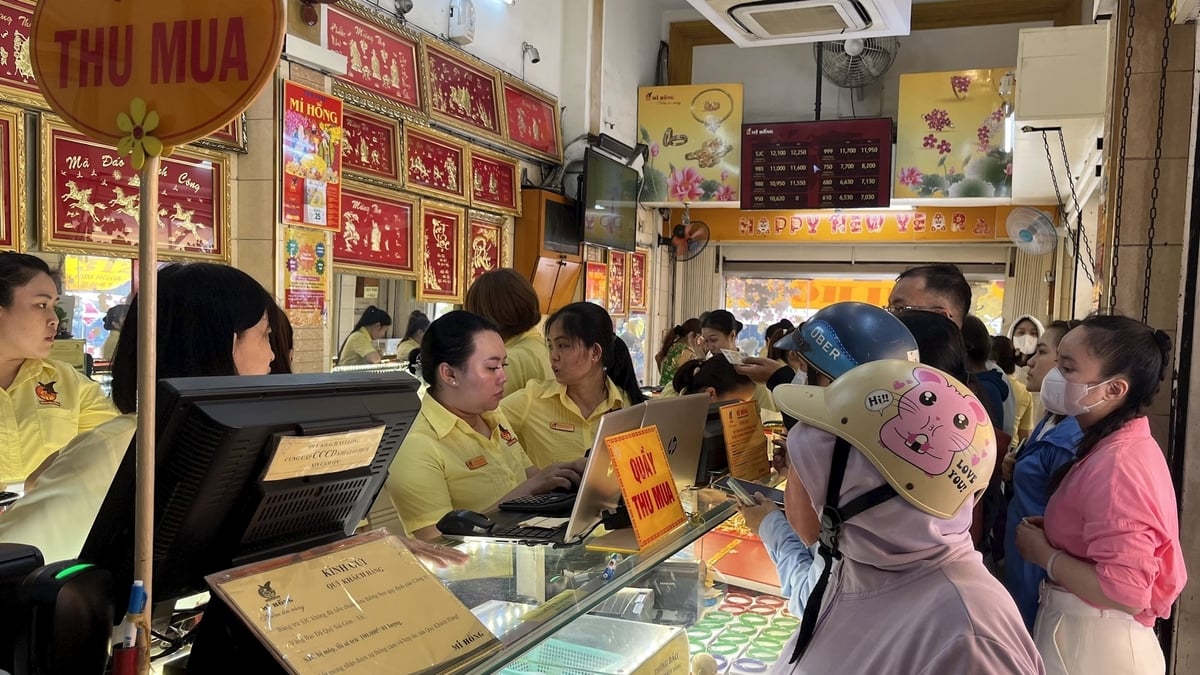



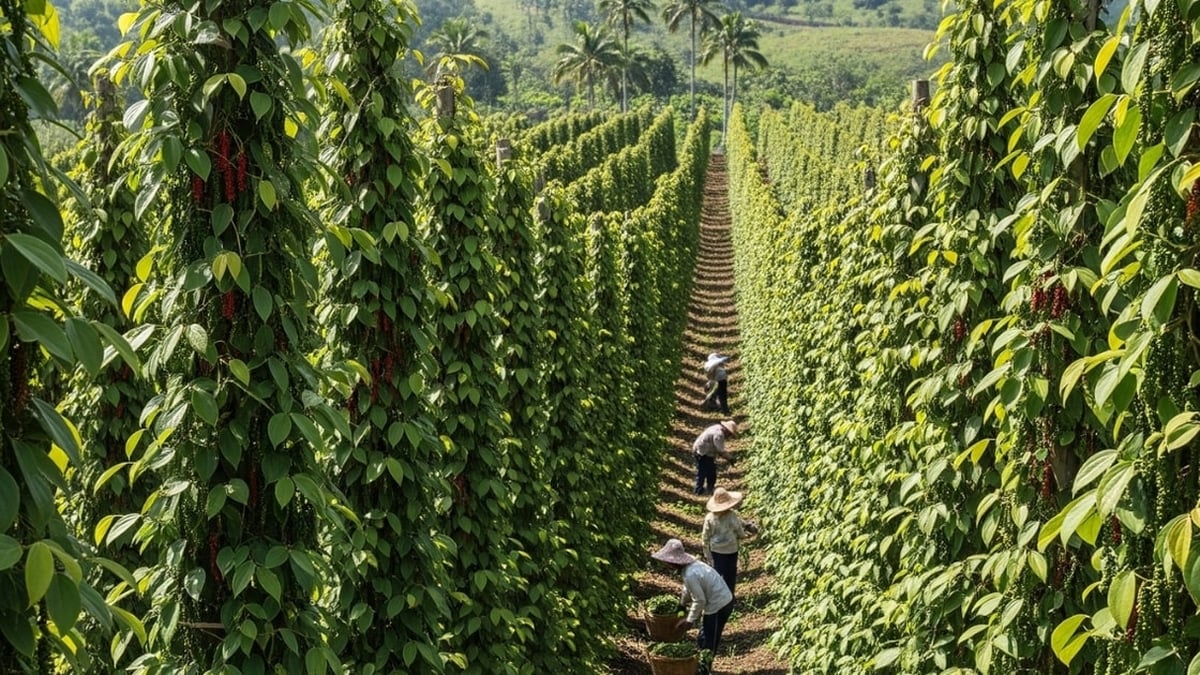
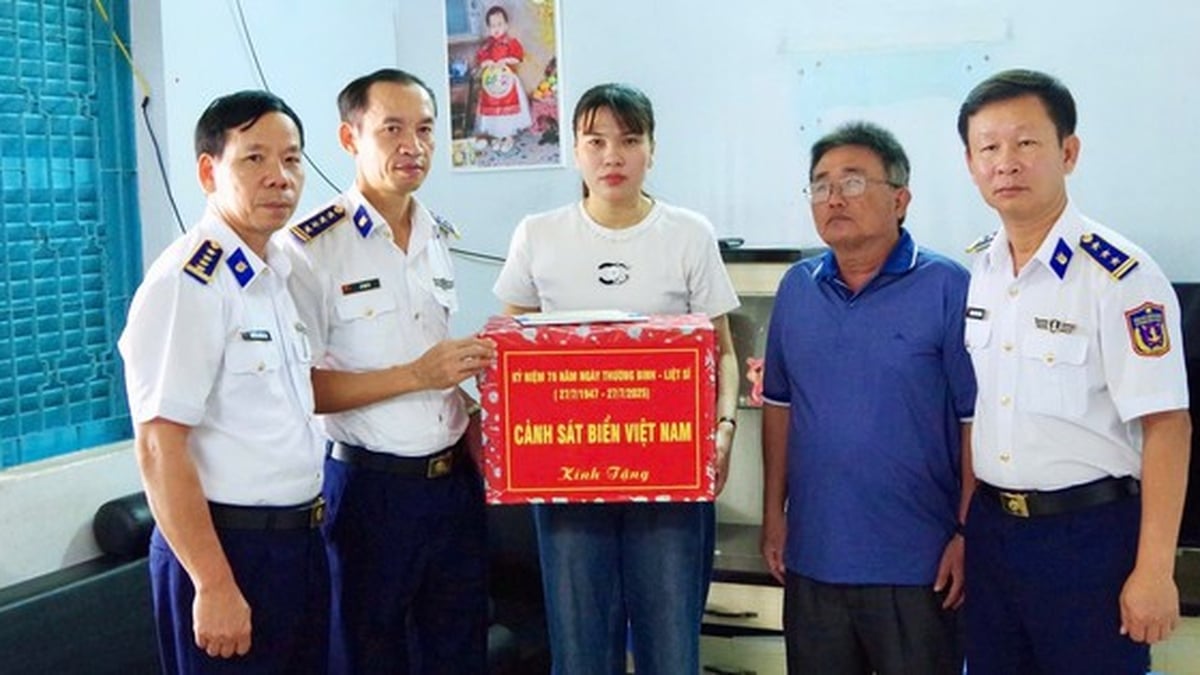























































































Comment (0)